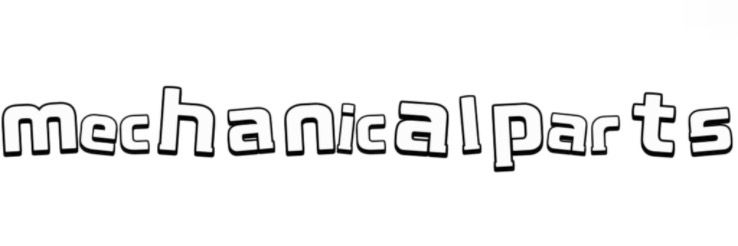The difference and selection guide between barrel plating, rack plating and continuous plating
Jun. 18, 2025
In the electroplating industrial production, barrel plating, rack plating and continuous plating are the mainstream electroplating processes, which are widely used in different scenarios with their unique technical characteristics. This article will start from the core technical principles, systematically analyze the process characteristics of the three, and combine the actual production needs to provide enterprises with a scientific process selection guide to help achieve efficient and high-quality electroplating production goals.
Rack plating: an adaptable "all-round player"
Rack plating is to hang the workpiece on the hanger, immerse it in the electroplating solution as the cathode, place the anode at an appropriate distance, and deposit metal ions on the surface of the part after power is turned on.
This is the most basic and common electroplating method, and its application range is very wide, such as small parts with high precision and high requirements such as watch cases and straps, jewelry, and large-sized parts such as car bumpers and bicycle handlebars. All kinds of metal products with complex shapes and sizes can be rack plated. Moreover, the operation is relatively simple, the current density of a single piece is high and stable, the tank voltage is low, the temperature rise of the plating solution is slow, and the amount of carryover is small, which can ensure the uniformity of electroplating. However, the efficiency of hanging plating is low, each metal product must be handled separately, the production cycle is long, and the maintenance of equipment and other auxiliary supplies is also high.

Roll plating: "Efficient Expert" for Small Parts Electroplating
Roll plating, strictly speaking, is called drum electroplating. It is to place a certain number of small parts in a special drum, conduct electricity indirectly in a rolling state, and deposit a metal coating on the surface of the parts. Common roller plating methods include horizontal roller plating, inclined roller plating and vibration plating. It is suitable for small parts that cannot or should not be hung due to factors such as shape and size, such as screws, nuts, small accessories, etc.
The advantages of roller plating are obvious. It has high production efficiency, can be produced continuously, can greatly improve production capacity, save labor, has low equipment maintenance costs and small footprint, and the uniformity of the coating is also good. However, there are also limitations. There are requirements for the shape and size of metal products. Metal products of special shapes or large sizes cannot be processed. Moreover, the plated parts should not be too large or too light. The cathode current density varies greatly, the average current density is small, the cathode current efficiency is low, the main salt in the solution is consumed quickly, and the solution is easily contaminated.
Continuous plating: a "right-hand man" for mass production
Continuous plating, also called roll-to-roll plating or wire plating, is mainly used for the plating of metal sheets, wires and strips. Metal strips or sheets are electroplated on a continuous conveyor belt or roller through multiple processes such as coating, drying, pretreatment, continuous plating solution, cleaning and re-drying. There are three ways to carry out: vertical immersion, horizontal movement and winding.
This electroplating method has a fast production speed and a high degree of automation. It is suitable for large-scale production and has a short production cycle. It can be plated on an uninterrupted production line. The plating layer is uniform and has high control accuracy. However, the equipment and secondary processes are complex, and the production conditions are required to be high. It is not suitable for small batches, special shapes or large-sized metal products, and the equipment cost is also high.
Further reading:Why do some ozone generators have a short service life?
How to choose a suitable electroplating method
Consider the characteristics of the workpiece
Workpieces with complex shapes are suitable for rack plating; small-sized and large-volume parts are suitable for roller plating; strip-shaped and wire-shaped materials are suitable for continuous plating.
Focus on production efficiency
If rapid mass production is required, roll plating and continuous plating are good choices; if production efficiency is not high, rack plating is more suitable.
Weighing cost factors
Continuous plating equipment is expensive and suitable for long-term stable production; rack plating and roll plating equipment are relatively low in cost
Coating quality requirements
Continuous plating has more advantages for high coating uniformity and precision; rack plating is more suitable for high coating thickness.
As the core technologies of electroplating process, roll plating, rack plating and continuous plating each have unique application advantages and applicable scenarios. Only by accurately matching the process and demand can we achieve the dual improvement of product quality and production efficiency and achieve the ultimate goal of reducing costs and increasing efficiency. I hope that the analysis in this article can provide you with a clear decision-making reference when selecting electroplating process, and help optimize and upgrade the production plan.
74
0
0
All Comments (0)
Previous: How Can Choosing the Right Smt Line Supplier Improve Your Production Efficiency?
Next: Why do some ozone generators have a short service life?
If you are interested in sending in a Guest Blogger Submission,welcome to write for us!


Comments